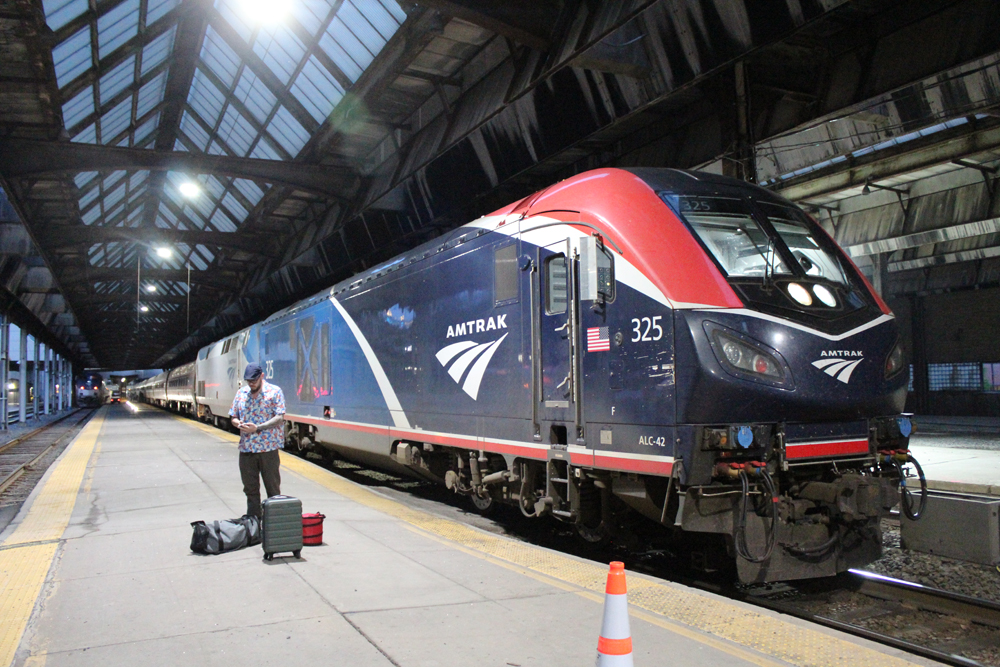
ORLANDO — Amtrak’s decision last fall to create the Chicago-Miami Floridian out of the Capitol Limited and Silver Star — ostensibly to reduce equipment moves during East River tunnel reconstruction in New York — is facing additional timekeeping obstacles over its 2,076-mile, 44-intermediate-stop route this summer.
A cell phone text message dinged Sunday (May 18) as northbound Floridian passengers in Tampa were already looking at a two-hour delay. The train they would board had departed Miami on time but suffered a locomotive failure shortly after leaving the station, so it had to return for fresh power. The new message told them heat-related speed restrictions were being imposed between 1 and 7 p.m. from Winter Haven, Fla., to Florence, S.C. These CSX edicts — a precaution taken in previous summers when temperatures rose to the 90s — also affect the Silver Meteor, Palmetto, and Auto Train.
Regular Floridian delays are expected because a lot can happens with decades-old cars and locomotives dodging miles-long freight trains on host railroads. A recent Trains News Wire trip on the Floridian from Chicago, however, reveals that persistent tardiness is only part of a complex story. Here are some additional takeaways.
Low long-distance fares drive coach patronage
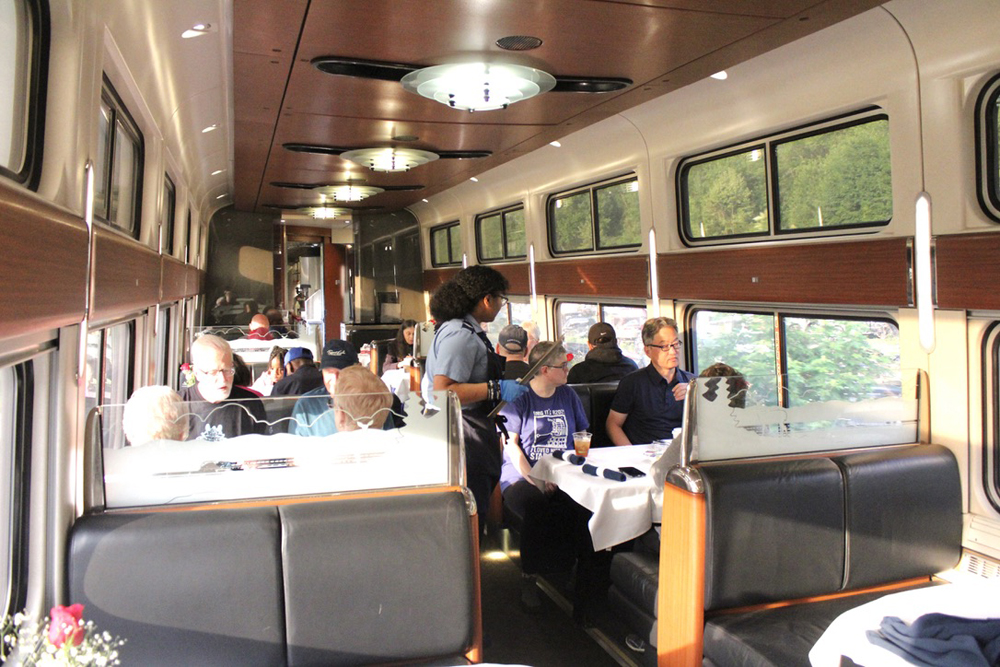
When booked on April 30, a one-way senior coach fare from Chicago to Tampa, Fla., departing on May 15 was $103.50. This is substantially less than any connecting train combinations involving the Silver Meteor or Cardinal, as noted in an analysis when the train launched last November [see “Floridian debuts …,” News Wire, Nov. 11, 2024]. Four 60-seat Amfleet II coaches on the Chicago-Washington, D.C. segment have dramatically boosted capacity above the Capitol Limited’s Superliner offerings. Cheaper fares have indeed stimulated demand.
A fifth coach out of Chicago was added on the May 15 departure to help accommodate travelers displaced by the cancellation of the eastbound train the previous day. That occurred because Amtrak didn’t have enough standby equipment to send east when flooding in the Cumberland, Md., area inflicted a 19-hour delay on the westbound train.
Conductors and car attendants devised a loading plan in which seats filled by a car full of passengers all going to Pittsburgh (many connecting to the Pennsylvanian) were then taken by people going to Orlando and Kissimmee, Fla. Other coaches were “all Florida” and “all Washington,” and Chicago-Toledo/Cleveland travelers were replaced by folks going to Raleigh and other Carolina destinations.
The lower fares come with several pricing caveats:
1. The attractive coach fares on the Floridian are only offered from Chicago, Cleveland, and Pittsburgh. Passengers boarding at stops such as Toledo, Elyria, and Alliance in Ohio; Connellsville, Pa.; and Cumberland, Md., generally pay at least $100 more. This patently unfair “rural surcharge” doesn’t make any sense.
2. The low coach fares are not eligible for Amtrak’s “bid-up” program for sleeping car space and are not directly upgradable.
3. Sleeping car accommodations remain extremely expensive — about $1,500 for a Chicago-Tampa roomette.
Viewliners are a welcome addition
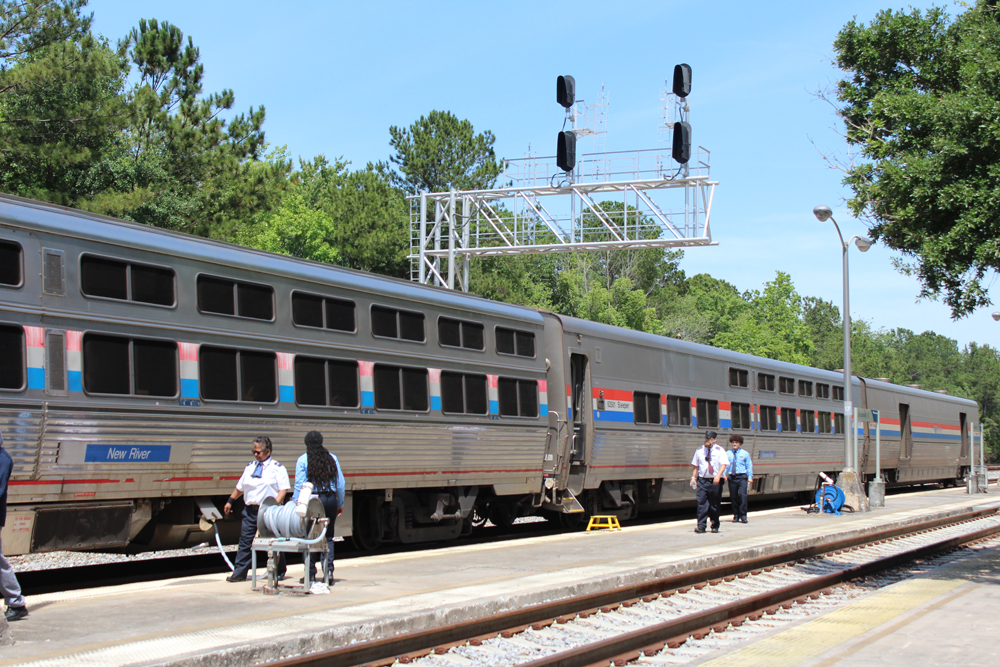
Each of the five Floridian equipment sets received a third Viewliner sleeping car at the beginning of April, alleviating what was a near-constant sellout on most dates. Sleeper prices remain at historically high levels, as is the case on most overnight trains going into the busy 2025 summer travel season. If the demand is strong, why drop the cost?
It should be noted that on this train, a major price break occurs east of Pittsburgh — roomettes are about $600 cheaper to Tampa than from Chicago. News Wire was able to take advantage of this by utilizing Amtrak Guest Rewards points [$1 currently equals 37 points]. The consist departing on May 15 had two Viewliner I cars (in which roomettes have in-room toilets) and one Viewliner II (where toilets for roomette passengers are “down the hall”). The drawing card for both types is the upper berth with a view, clearly the best sleeping loft in the universe. It came in handy after spending the night until 5 a.m. in coach.
The Viewliner dining car is also a significant plus on a route where thick forests rushing past the double set of windows provide an exhilarating backdrop to any meal. Coach passengers should be able to enjoy this phenomenon for $20 at breakfast, $25 at lunch, and $50 for dinner, but staffing shortages limited those opportunities on this trip. With the additional sleeping car and only two seatings available, the dinner option was not offered out in coach of Chicago. Those passengers were invited to breakfast and lunch the next day.
Onboard service crews change at Washington, D.C., and this poses problems for lunch eastbound and dinner westbound if the trains are late, because the changeover occurs at mealtime. Although the Washington-based crew’s lead service attendant said passengers could eat lunch either before or after Washington when announcing an 11 a.m. seating, the train was an hour late arriving at 2:10 p.m., so there was no way the new crew was going to serve lunch —or passengers would desire it. The café car wasn’t open, either, because the just-boarded lead service attendant was busy counting stock additions for almost a half-hour.
South of Washington there was another big problem: the lead service attendant and chef were the only dining car staff — no server. As a result, coach passengers were not explicitly offered the option to eat there the rest of the trip. The train was packed, and some passengers who knew the dining car was available to them came in, although not having the extra person was a missed opportunity to show off one of the Floridian’s best assets to people who might pop for an upgrade on their next trip.
Big delay, en route servicing, pizza!
Leaving Washington Union Station an hour and a half late at 3:05 p.m. meant the train from Chicago competed for limited track space with Virginia-bound Northeast Regional No. 95, a Virginia Railway Express commuter departure, and Auto Train. All were delayed. The Floridian led the pack on its nonstop run to Richmond, but a major problem occurred just south of the Virginia-North Carolina line at Pleasant Hill, N.C. A huge tree had fallen across CSX’s A-Line tracks that took more than two hours for crews to remove. The mostly single-track segment south of Petersburg, Va., is the East Coast’s Achilles Heel when it gets blocked.
The Floridian was thus over five hours late by the time it paused at Savannah, Ga., where an FRA-mandated 1,000-mile safety inspection is performed on the locomotives and cars. Western trains get the once-over at Albuquerque, Denver, and other locations, but this is the only train in the East where trip length requires it.
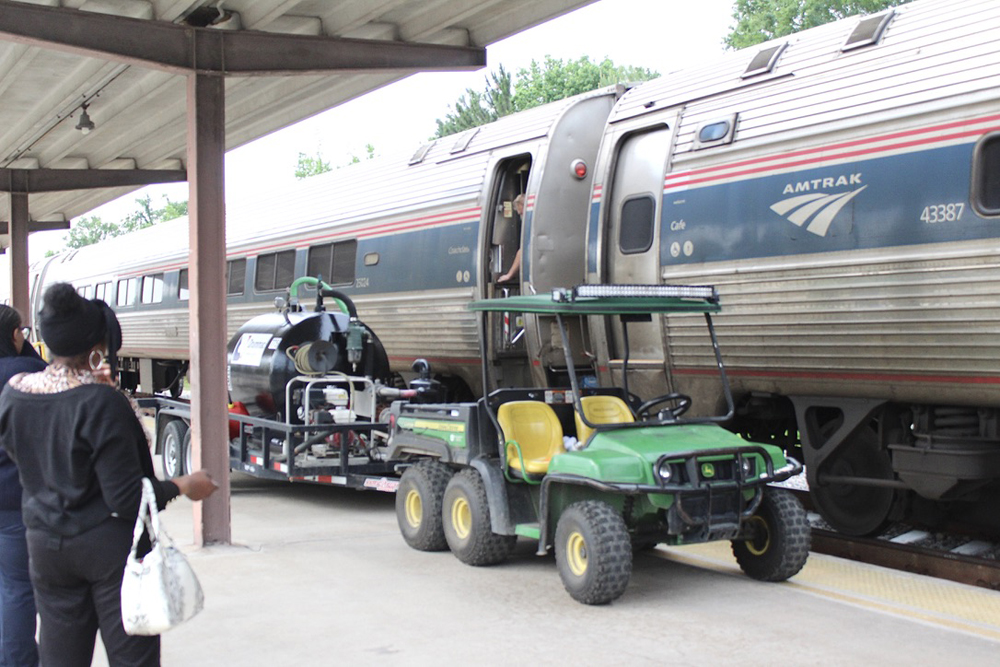
The 45-minute stop also includes time for sewage to be pumped from holding tanks of the Amfleet II coaches, where many toilets had stopped working. The previous night’s delay had exacerbated that situation; passengers were allowed off the train for a “fresh air break” but the Savannah station closes at 8 a.m., after the Palmetto heads north, so no relief there! Conductors did a good job of explaining everything and all restrooms were again soon open.
Watering of all passenger cars was done at Jacksonville, Fla., but that process took longer than usual. One of the cars was missed initially because hoses would not reach it. Dining car personnel and train attendants all helped with that operation.
The nearly on-time northbound Silver Meteor was given preference when both trains converged simultaneously on DeLand, Fla., so when the Floridian reached Orlando at 4:05 p.m. instead of 10:40 a.m., there was little time to make up. Many families — quite a few who had boarded at Pittsburgh — had finally made it to their destination.
Those passengers that remained were offered their choice of cheese or pepperoni pizza. Far from a perfect ending, but certainly a memorable adventure with many loose ends that can be addressed.
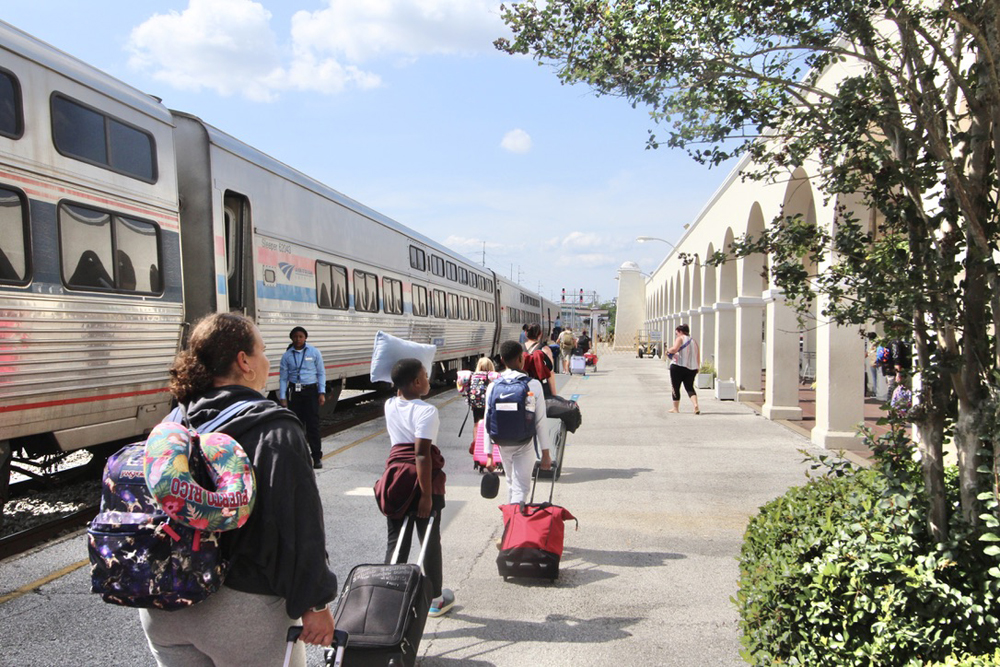






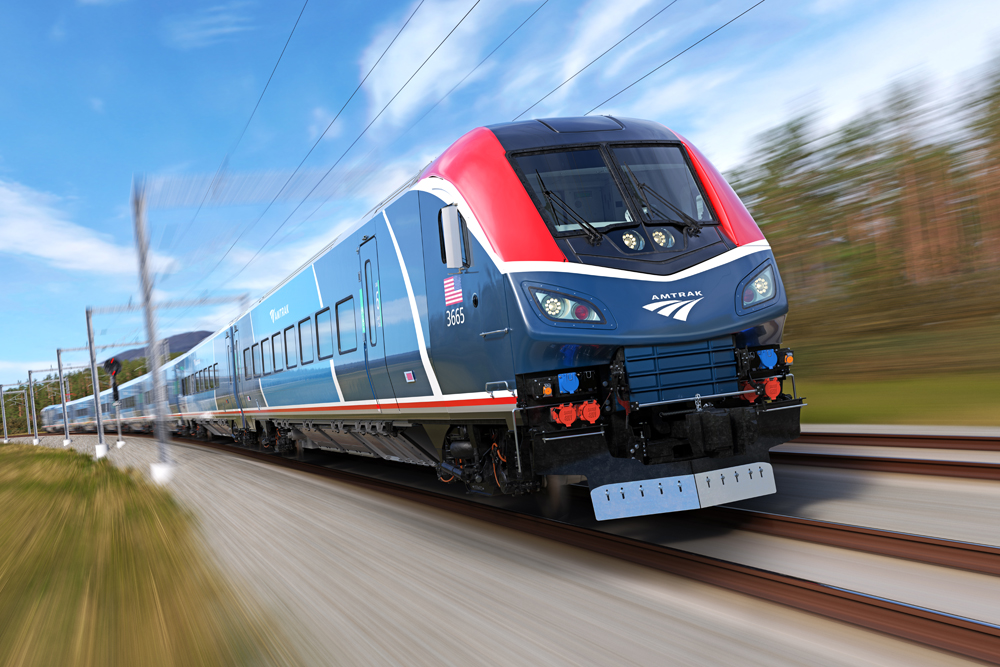
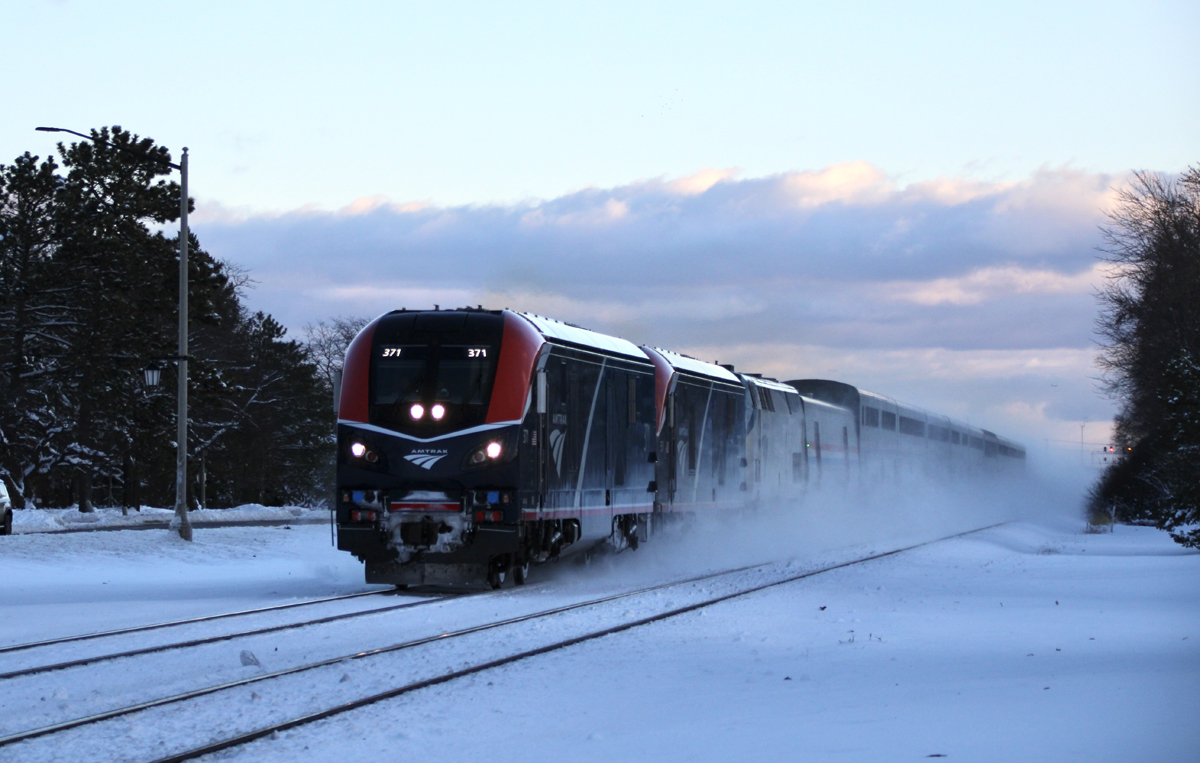
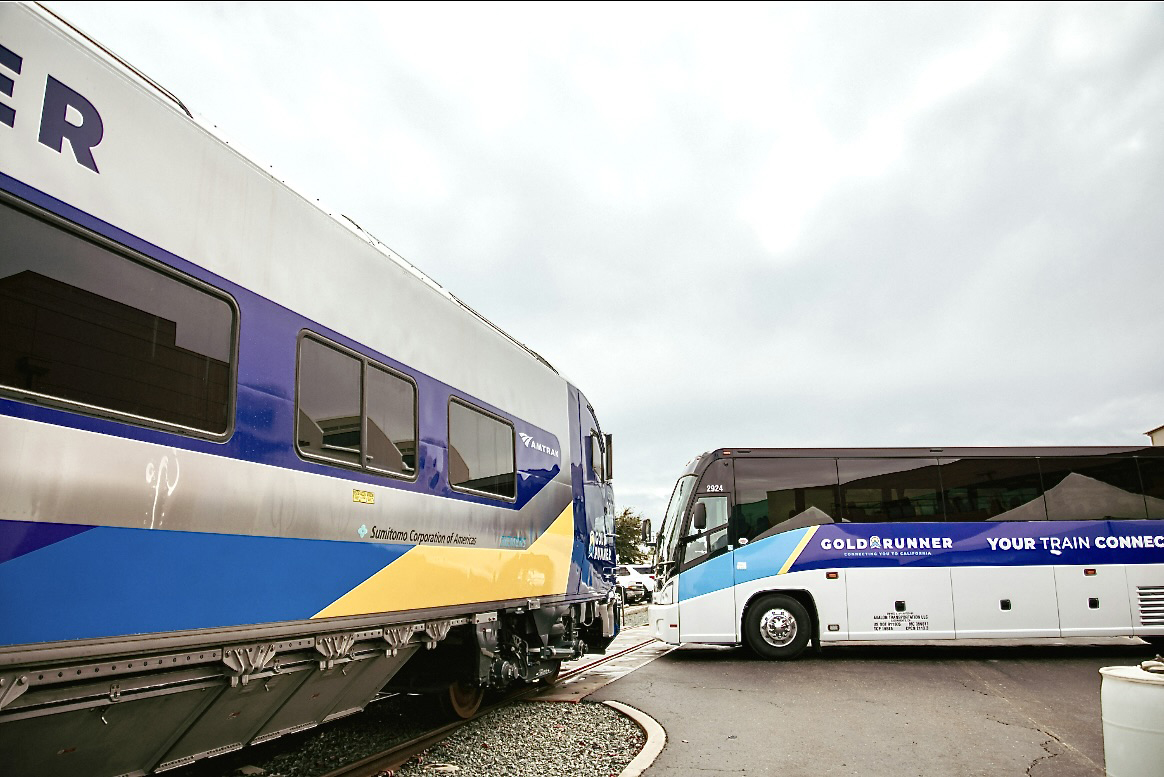
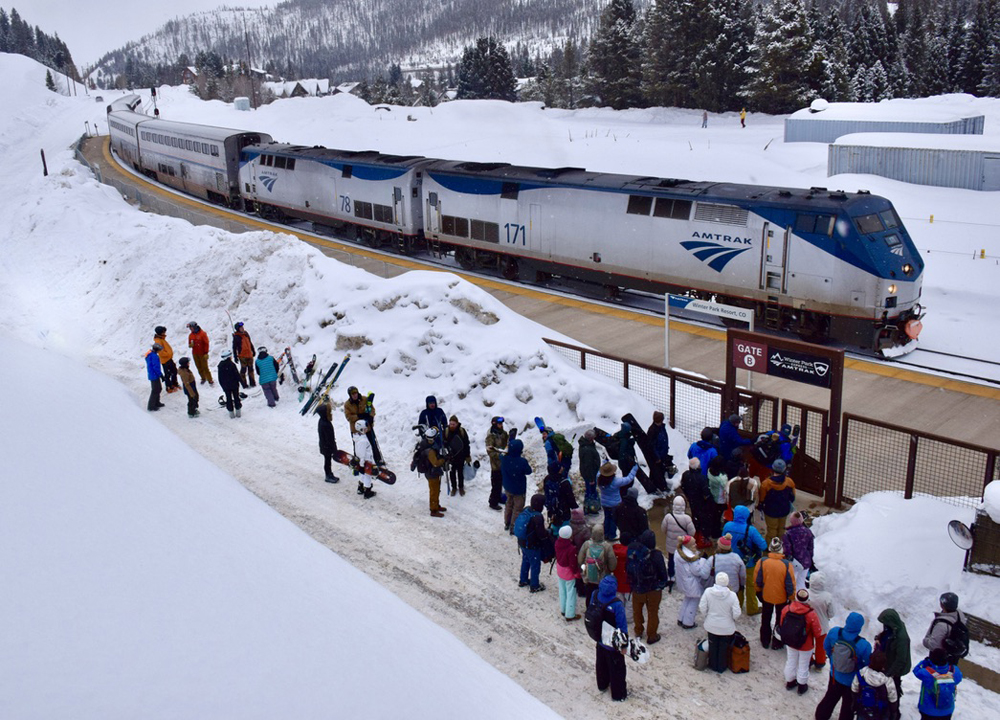
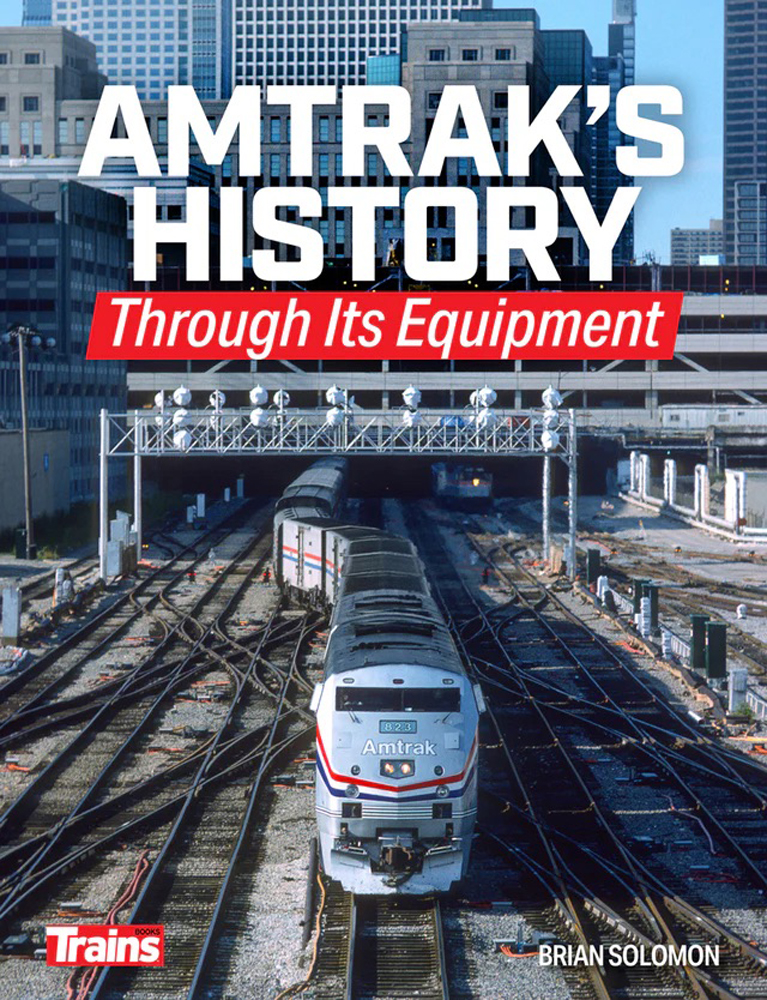
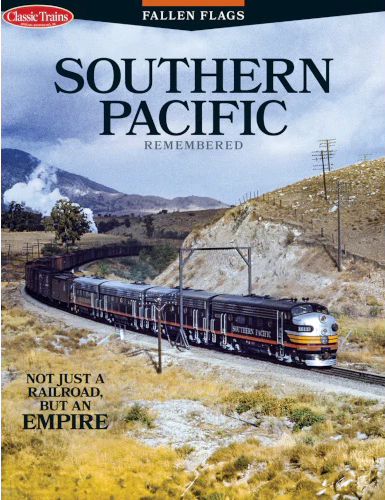
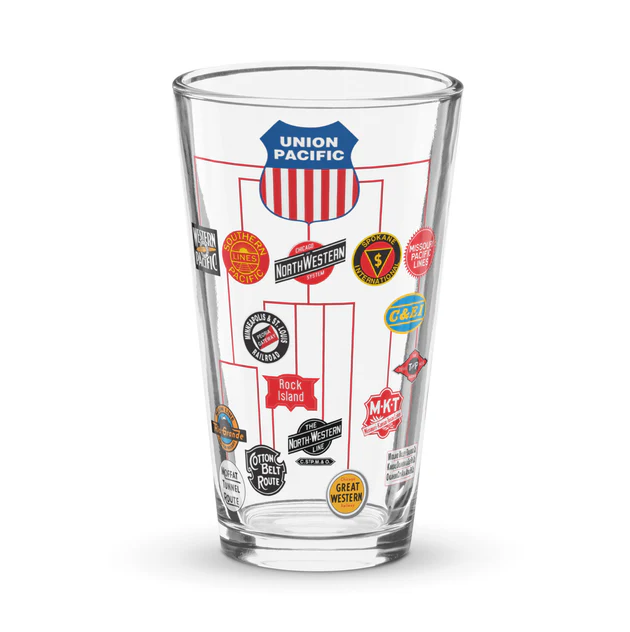
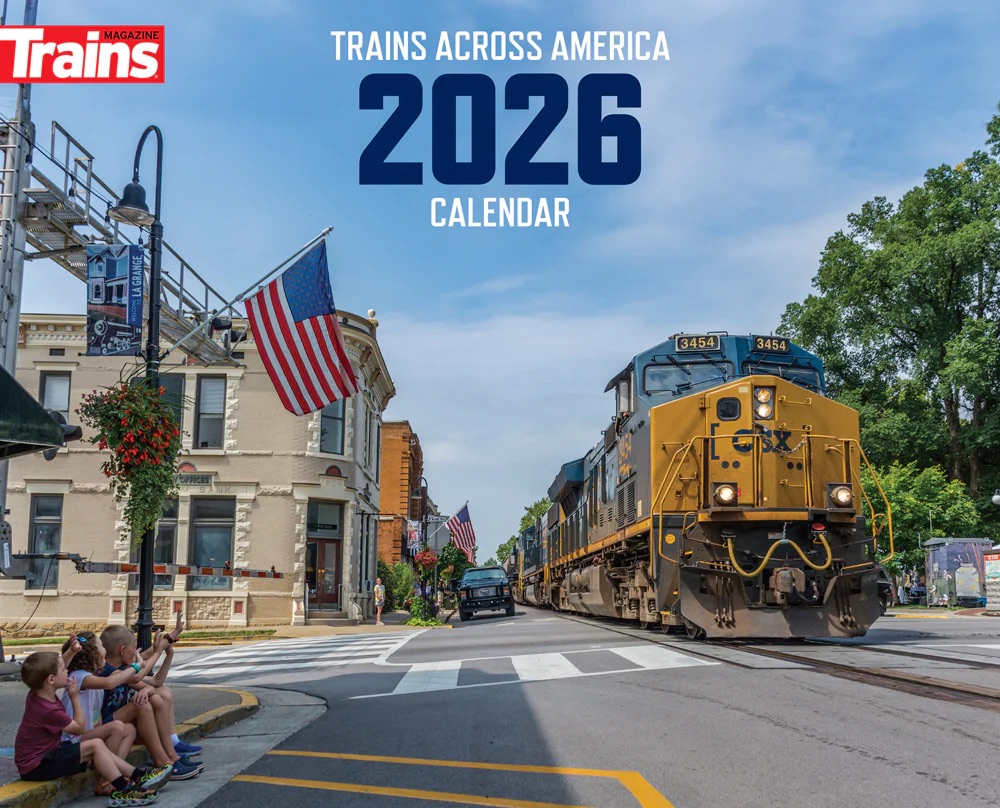
Jeffery: you are exactly correct. More variables, more risk. As far as the rual surcharge, areas without alternative transportation are exactly where the need for Amtrak is paramount. Punishing these communities is not defensible..
“This patently unfair “rural surcharge” doesn’t make any sense.” This is likely the same logic as with the airlines from airports with no competition. From the large cities mentioned the airlines are competition, from Alliance and Toledo much less so.
Amtrak yearly subsidy is a drop in the bucket compared with aviation’s yearly subsidy.
The US airlines average 2.9 million passengers per day, Amtrak averages 87,000 per day on what it operates. Naturally, Amtrak’s dollar subsidy is much, much less. The important statistic that I haven’t been able to find anywhere is what is the average US airline subsidy per ticket vs. the average Amtrak subsidy per ticket.
My husband & I recently took the Floridian round trip from Pittsburgh to Deland, FL. Perhaps we were lucky but we had a positive experience, with excellent service, delicious meals, and adherence to schedule. We look forward to our next journey on Amtrak.
Charles, it’s cheaper because your ticket is heavily subsidized by the taxpayers!
Oh, Amtrak isn’t subsidized?
Flying is cheaper because of the inherent efficiency of getting you there faster, with fewer crew changes needed.
Perhaps Charles, if the Govt threw $$$ (they DON”T have) as generously to Amtrak as they do with Hwys & aviation likely things would much different. Where’s that Tens of BILLIONS of $$$$ going to come from for all the aviation upgrades planned?? To avoid adding to the deficit the entire cost should funded through a ticket tax/surcharge. Sounds like a plan to me.
Oh, and one more thing Galen, in favor of airlines. For a long distance, for example Robert’s trip from Maine to southwestern Florida, airlines are way cheaper than Amtrak. Even comparing coach to coach, flying most probably wins out on dollars. The real comparison is the airline coach compared to an Amtrak sleeper, because flying coach is okay for a few hours in the air but the time spent on Amtrak pretty much requires a bed.
I agree with a surcharge dedicated to funding the necessary airline safety upgrades that are now needed. A $5 charge per one-way ticket and a $10 charge for a round trip ticket would currently generate $14M-$15M per day. That would generate about $5B per year to pay for the safety upgrades after collection expenses were taken out.
If you’re in a hurry (as most of you appear to be) definitely fly. Mr. Smith are you using those bogus accounting numbers Amtrak uses that make it look like the NEC actually makes a profit? Hopefully these two trains will return to their respective separate schedules once the tunnel project is over & hopefully more equipment is available.
Not just “in a hurry” Galen. (Not that there’s anything wrong with being in a hurry. Our time is valuable to us.) It’s that Amtrak, in addition to being slow, has a skeletal system, inadequate frequencies, and poor reliability.
The Floridian, as of the end of March 2025, has racked up an operating loss of $30.6 million. If it keeps up it stellar financial performance, it could have an operating loss of more than $60 million by the end of the fiscal year. Oh well, it did better than the California Zephyr, which had an operating loss of $42.6 million and the Southwest Chief, which turned in a loss of $41.3 million. The good news is the Auto Train had an operating profit of $4.3 million.
Don’t people learn? How can Amtrak fill a train with consistently bad service like this? Even when things go right, as they occasionally do, the train is mostly slow and inconvenient. In an attempt to visit my college roommate who has moved from Connecticut to Naples, Florida, I reviewed my options. From Portland, Maine I can get a direct flight to Ft. Myers, not far from Naples, in a few hours with a rental car from there. To take Amtrak I need to take the Downeaster to North Station and take two subway trains to South Station (preferred) or one subway train to an unstaffed, no amenity Back Bay Station. I could take a direct nonstop, 1/2-hour quicker bus directly to South Station which is what I would do. Once in Boston I would take an Acela train to New York. This is probably the best train ride on the Amtrak system, and I seldom have any complaints. But since I can’t connect to the Silver Meteor the same day I need to stay overnight in New York (or Boston and take a morning Acela). Then it is a day or more to Tampa to get a rental car (I believe there is a rental agency right in the station) and drive through SW Florida’s traffic snarled hell hole several hours to Naples. And, if the train is 6 hours late like in the example above, probably have to spend the night somewhere. The difference in cost obviously is in favor of the direct flight as opposed to one (possibly two) night in a hotel and the exorbitant price of the sleeping car and Acela on Amtrak. After reading Bob Johnston’s trip report above this also leads me right to the airlines, again.
Why is Back Bay Station unstaffed and amenity free? It’s one of the most important stations on Amtrak and on MBTA.
From Portland (Maine) you can get a flight on Southwest Airlines to BWI Baltimore – Washington, its east coast hub. From BWI, there are flights to any airport in Florida.
Speaking of amenities there is a selection of anything from fast food to great restaurants at BWI when you’re connecting. I ate there (the latter, a great restaurant) both ways last year flying from MKE Milwaukee to PVD Rhode Island T. F. Green and back. Robert, I remember when we were both a lot younger we could get a decent meal on Amtrak. Nowhere near as good as the meals I’ve gotten at airports like DTW Detroit Metro.
The sad part to me is that this is almost a generic essay – change the photos and virtually the same words could have been written in 1971, 1981, and every year to the present. Another thought – Robert and Charles together – Here’s a chance for me to ask a question you may be able to answer. I recently saw a video on the Grand Junction Railway. It appears to be a connector between Boston South and Boston North Stations, used today for equipment swaps by MBTA and Amtrak. Appears decrepit, but looks like it was once double-tracked. Was this route ever used for scheduled passenger service to and from New England?
Oh, George, now you’re asking me to think. The Grand Junction Railway was, and to a very minor extent still is, used to move freight off the Boston and Albany to places like Cambridge. There was an article in TRAINS MAGAZINE about a decade ago, showing one track on the formerly double-track bridge across the Charles River. With my brother (R.I.P.) a student at M.I.T. I saw this route many times, crossing Mass Ave at grade along the north edge of campus. Remember NECCO candy? (New England Confectionary Company.) A customer on Mass Ave.
The only through passenger route I’m aware of from reading New England rail history was way to the west of Boston, not using either South Station or North Station. Let’s look in the 1957 Official Guide. New York to New London to Providence to Worcester via the New Haven Railroad. From Worcester, pick up the Boston and Maine Corporation to Lowell, Lawrence Haverhill and on to Portland. Once daily, about ten hours overnight.
This current Floridian appears to make Amtraks original Floridian look like Santa Fes pre Amtrak Super Chief.
We had originally planned and made reservations for a Toledo- Jacksonville trip. We reserved two bedrooms and looked forward towards the trip despite the price tag. But after reading of the numerous problems plaguing this train we cancelled and are flying out of Cleveland to Jacksonville. We threw Amtrak a bone and are taking the train to Cleveland.
Smart move. The only decent long distance Amtrak run is the Auto Train. The food service, although not as good as it used to be, is reliable, and the holding tanks seldom max out between the endpoints. Delays do happen and severe disruptions can cause late departures for several days as the affected trainset claws back lost time. And they do, because they also have your car on board, get you to your destination. Passengers on the other overnight and longer trains risk hearing, “Service is suspended with no alternate transportation provided.”
This is an situation where what looks go on paper is fit only for the trash can. There are too many variables at work in the FLORIDAN’s concept of operation. Regretfully, this is more evidence that Amtrak people don’t learn from their experiences.
When I think of my many nice trips on both the Silver Meteor and Florida Special in the 1960’s, I want to hang my head in shame for this current Amtrak fiasco.
The article gives about twelve reasons why not to go “LD” on an Amtrak “LD”. The purpose of a long-distance train is to serve intermediate points (assuming the train functions well enough to do so). To go all the way Chicago to Miami on Amtrak one has to have one or both of the following conditions: (1) fear of flying, and/or (2) lack of judgment.
As for serving intermediate points, the cobbled-together route and schedule of this train make that nearly impossible. For example, Pittsburgh to Chicago is within reason for an Amtrak journey —– if the passenger doesn’t mind waiting for a train that sometimes has difficulty getting through and out of Florida.
As for the low promotional (coach-only) fare Chicago to Miami, that assumes one’s time is worth nothing and that one doesn’t spend money during all those many hours, like, for example, eating.